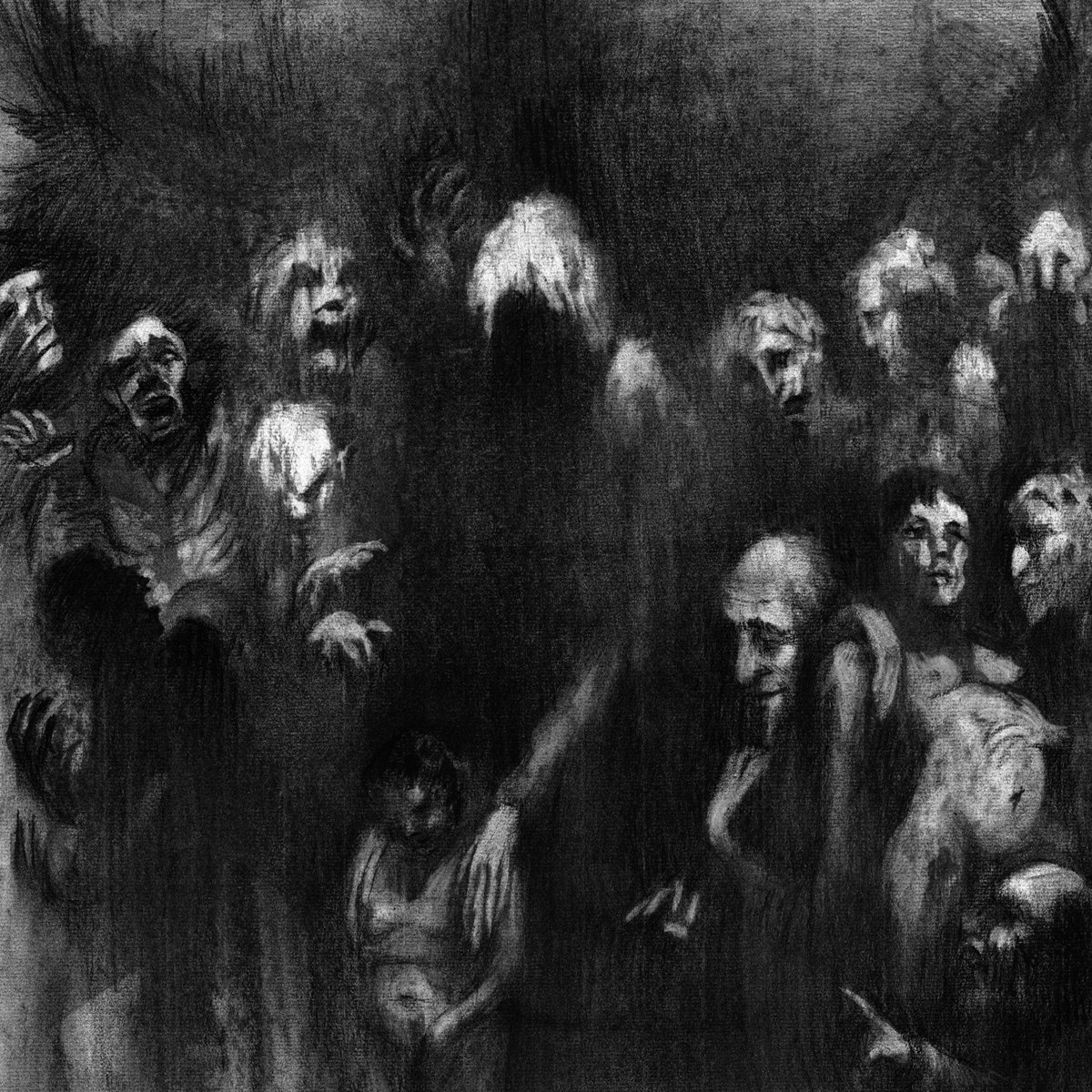I recently travelled forward in time.
Not far, for my experiments are still in their nascent stages, and it is clear that the technology remains unreliable and requires considerable honing before truly significant leaps can be made.
The year I chose was 2026, a mere ten years hence.
Despite the brief interval, I found the land much changed. Buildings, modes of transport, the garb that the people wore as they went about their frantic business. The experience was startling, and it took some time to acclimatise to the sensory overload to which I was subjected. Needless to say, much had changed, and more detailed description and documentation will shortly be forthcoming.
Curious to see what had become of my beloved punk scene I made use of a nearby Data Pod (in crude terms: a cross between an internet cafe, telephone booth and a public access VR node) to conduct some brief, surface-level research of punk rock in the year 2026.
Accessing information on this subculture brought with it some measure of relief. I was reassured to see that the clothing arc had travelled reliably from XXL to YS once more; that tennis visors made a brief reappearance in 2019 and that a reappraisal of nu-metal in 2022 had, shortly thereafter, given rise to a reactionary resurgence of the much-pilloried meta-genre known as ’emo’ (referred to in these times as ‘truemo’ to effectively distinguish it from a concurrent boom in mid-00s Victory Records soundalike acts). As my eyes scanned the articles, taking in the familiar names and comparisons, an article caught my attention. In this piece, much was made of a band named ‘Sarabante’, a hardcore punk act from Athens, Greece, with whom I had recently been acquainted in my own era. The article – a scholarly piece by a young research assistant out to make a name for himself – identified 2016 as the year in which every mid-sized city, region, town or principality in every corner of the globe contained at least one band approximating the sounds heard on ‘Fifteen Counts Of Arson’. Sarabante, as it transpired, were the last piece of the puzzle – the very crux of the research assistant’s theory. Largely forgotten in its own time, the band’s second album was to found the very cornerstone of a whole new area of study known as ‘Sarabantism’ which drew together areas of anthropology, sociology, memetics, economics, semiotics and behavioural science.
Fascinating, I thought – truly fascinating.
